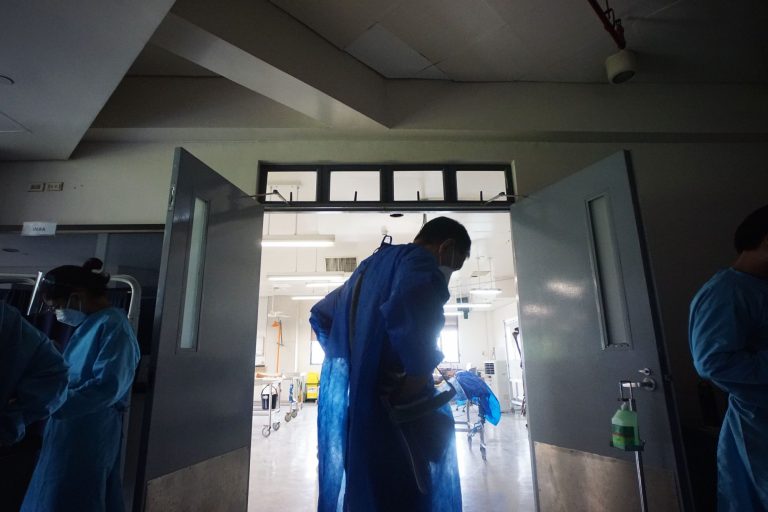MANILA, Philippines (Jun. 13) — New research from Ateneo de Manila University indicates a challenging future for Filipino nursing and medical graduates seeking stable and well-compensated roles within the country’s public health system. This outlook persists despite a significant nationwide shortage of health professionals.
The Philippines currently has fewer than eight doctors for every 10,000 people, falling below the international standard of 10. Additionally, over 127,000 nursing vacancies remain unfilled, particularly in rural areas and private healthcare facilities.
Researchers found that many new graduates feel unprepared and unsupported when entering the workforce. A municipal health officer, a graduate from a top medical school, shared with the researchers that while clinically proficient, they lacked training in local administration, procurement, and engaging with local chief executives—skills crucial for effective public health work.
A common sentiment among those interviewed was that the country’s medical and nursing education heavily emphasizes hospital-based care. This focus leaves graduates ill-equipped for community health initiatives, navigating government systems, or managing public health programs.
Health facilities also cite restrictive hiring regulations and budget constraints as major obstacles to filling vacant positions. For instance, local government units (LGUs) are capped at allocating 45% of their annual budget to salaries. This forces existing, often overworked nurses to take on multiple responsibilities without additional compensation. A provincial health official noted how a ward nurse might also serve as a public health nurse and records officer due to these limitations.
This situation leaves recent graduates in a difficult position. Many are willing to serve in the public sector but either do not meet strict civil service requirements or are offered short-term contracts lacking job security and clear career advancement paths. Meanwhile, private facilities struggle to offer salaries competitive with government rates, and both sectors consistently lose experienced workers to more lucrative opportunities overseas. A hospital administrator lamented the loss of “best nurses,” noting that remaining staff are either new or nearing retirement.
Training also presents a hurdle. Medical facilities and their staff need to comply with new standards under the Universal Health Care (UHC) Law. However, some clinics report having to pay significant out-of-pocket fees for training and accreditation, sometimes exceeding P50,000, while receiving only P2,000 in government reimbursements.
Despite these challenges, the researchers believe a healthcare career remains viable if key reforms are implemented. These include scholarships tied to return service agreements, better integration of community health into school curricula, less restrictive hiring policies, and stronger support systems for newly deployed health workers.
These findings and recommendations are detailed in the peer-reviewed paper, “Health Workforce Issues and Recommended Practices in the Implementation of Universal Health Coverage in the Philippines.” The study was conducted by Veincent Christian F. Pepito, Arianna Maever Loreche, Ruth Shane Legaspi, Ryan Camado Guinaran, Theo Prudencio Juhani Z. Capeding, Madeline Mae A. Ong, and Manuel M. Dayrit of the Ateneo School of Medicine and Public Health and the University of the Philippines-Manila. The full study is accessible via the Ateneo de Manila University’s Archium digital repository.


